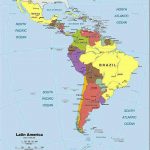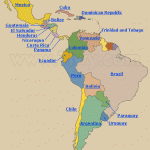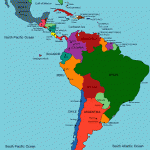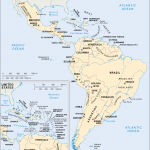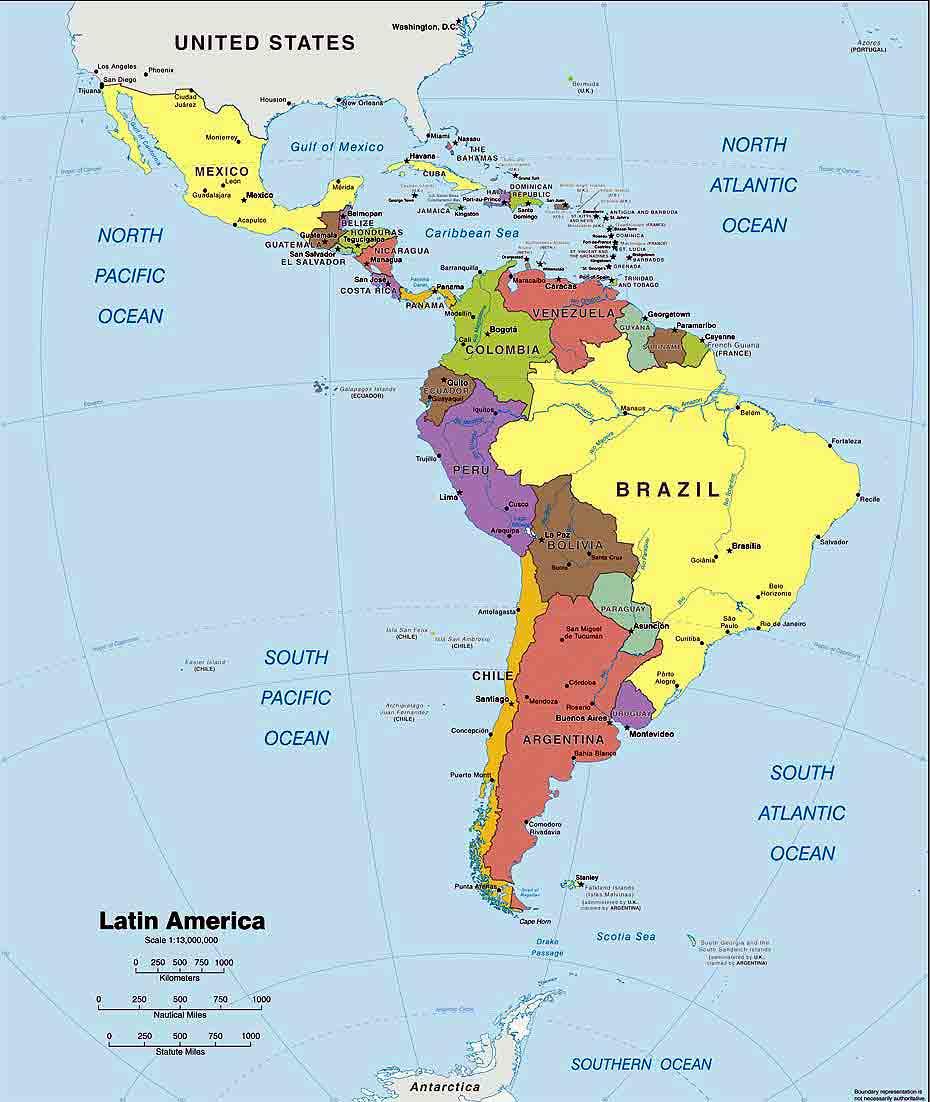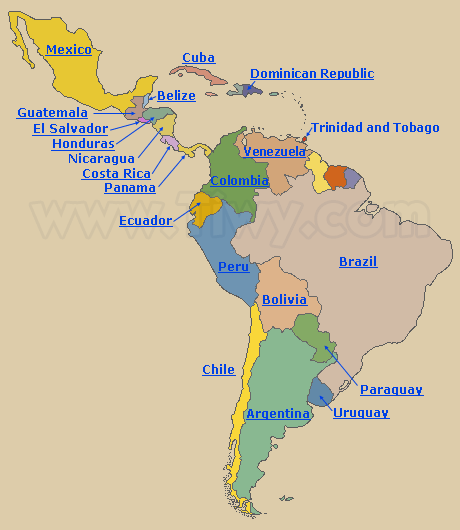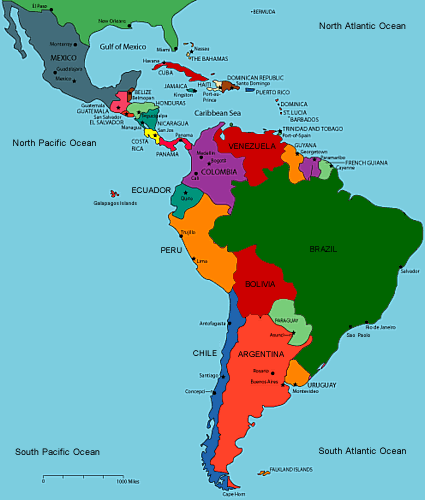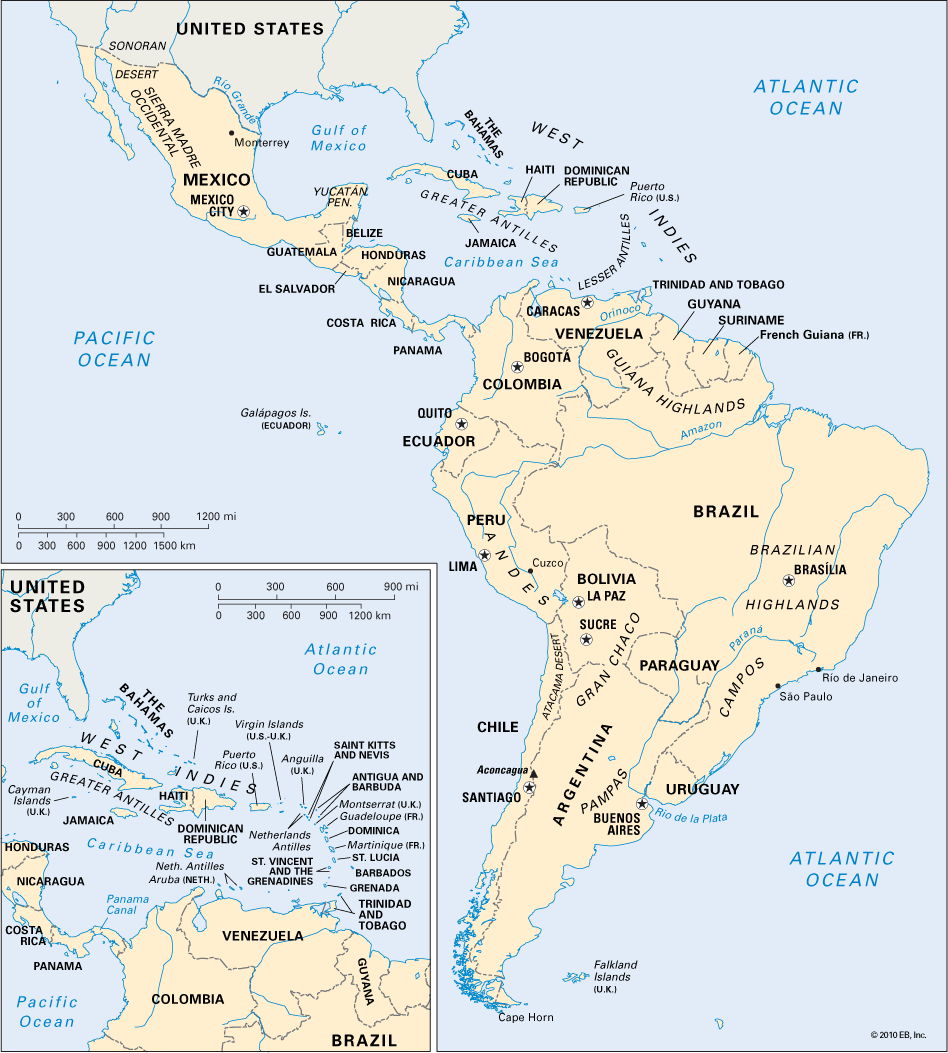Current Issues
In a number of ways the dispension of the new social class and professional status of the recent wave of Latino migrants is reflected in the residential clustering of the newcomers. The great majority of Latinos reside in working-class neighborhoods
east of 16th Street, one of the major thoroughfares along the north-south corridor in the city, in such districts as Columbia Heights, Adam Morgan, and Mount Pleasant. Neighborhoods populated by poor Latinos are among the most violent and the most dilapidated. In 1991, the lack of sufficient affordable housing and mounting political frustrations in the Latino community fueled the riots in Mount Pleasant, one of the predominantly Latino neighborhoods in the city. The proliferation of Latino street gang activity in the District between 1999 and 2003 prompted the mayor and the DC Police Department to form the Gang Intervention Partnership Program, which has drastically reduced the reported gang violence among Latino youth.
Latino enrollment in public schools around the city has doubled since the 1980s. However, Latino students continue to score lower than other ethnic groups in most criteria of educational achievement. The levels of schooling and language proficiency among parents and immediate family members are highly correlated with at least some of the dismal scores among Latino students. The basic reading and math skills among Latino children did not improve between 1990 and 2000, and their scores were among the lowest in the nation. Clearly, the performance of Latino students in school is closely related to the question of family wellness and human capital.
The first report on the state of Latino children in Washington, DC (2003), issued by the Council of Latino Agencies found a close correlation between poverty, economic deprivation, and educational attainment in the Latino population. In 2000, 23 percent of Latino children of school age (6-17 years old) and 26 percent of the preschool age (6 years old or younger) were living in poverty in the District. Although this figure is lower than the poverty rate among African American children and, as one might expect, substantially higher than the rate among whites, the report concludes that the condition of poverty affects educational attainment most visibly when it contributes to the high degree of student absenteeism, the low levels of parental involvement in school and school work such as homework, and the alarming dropout levels among Latino students. Between 1991 and 1999, the dropout rate among Latino students was cut in half; however, in 1999, this group still had the highest dropout rate of any ethnic group in the District public school system.
Poverty, together with the hardships associated with selective assimilation, has also contributed to the near crisis in public health among Latino youth in Washington, DC. This group of Latinos has the highest percentage of drinking and cocaine consumption among the District youth population. But Latinos have the lowest percentage of marijuana use, which declined more drastically in this group than in any other during the 1990s. In addition to language and communication impediments, the single most alarming obstacle to receiving adequate health care for Latino families is the low level of insurance coverage.
Interracial tensions have also been more evident in the District recently. The sources of tensions between Latinos and African Americans derive primarily from
the underrepresentation of the former in the governing institutions of the District government. In recent decades, no Latino representative has been elected to the city hall or the city council. In addition, the Office of Latino Affairs falls under the mayor’s purview and lacks political independence. On the other hand, politics in the city are controlled by African American groups and politicos. The voice of the Latino population has been impaired by the migratory status of the majority of this population. There has been little attempt to overcome the miscommunication and cultural stereotypes that permeate the perceptions these two groups have of each other. The relationship between the two groups is further complicated by their competition for affordable housing and service jobs in the city.
Unlike other areas of the United States where one of the major divisions among Latinos is their political affiliation, in the District, with its overwhelming Democratic force and its nonvoting status in presidential elections, the major source of intra-ethnic tensions among Latinos relates to their immigration status and the biased treatment various groups of Latin migrants receive from federal agencies. Political asylum continues to be granted to refugees from leftist revolutionary regimes (for instance, Cubans and Nicaraguans) at a much higher rate than to refugees from other nations (primarily El Salvador and Guatemala), regardless of their level of suffering or the validity of their residency claims.
For example, in 1997 Congress passed the Nicaraguan Adjustment and Central American Relief Act, which permitted Nicaraguans and Cubans residing in the United States since 1995 to become permanent legal residents through a relatively effortless status adjustment procedure. However, Salvadorans and Guatemalans had to prove they had been living continuously in the United States since 1990 in addition to meeting other stringent requirements.
Latin America Map Photo Gallery
Maybe You Like Them Too
- Top 10 Islands You Can Buy
- Top 10 Underrated Asian Cities 2023
- Top 10 Reasons Upsizing Will Be a Huge Travel Trend
- Top 10 Scuba Diving Destinations
- The Best Cities To Visit in The World

